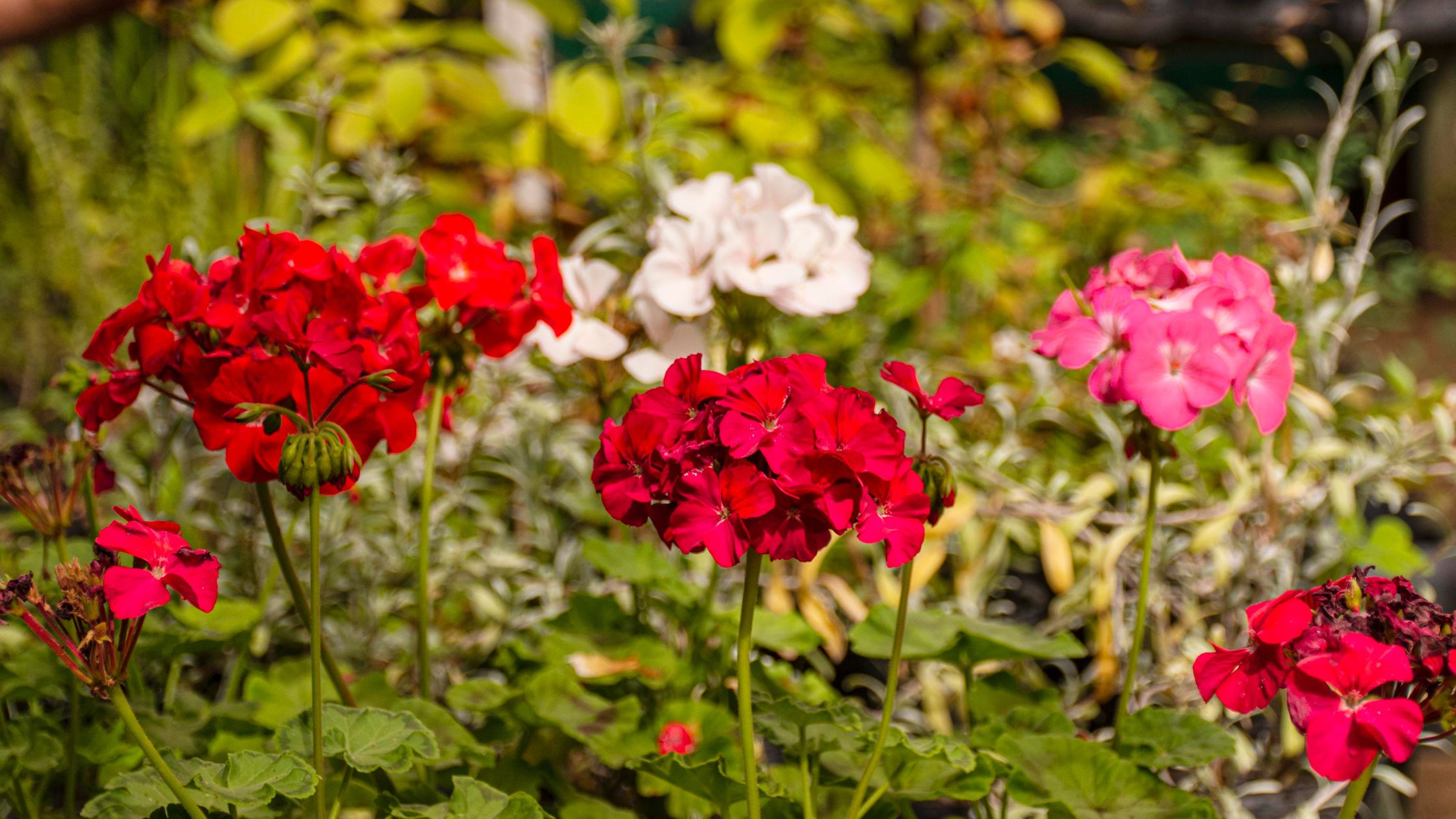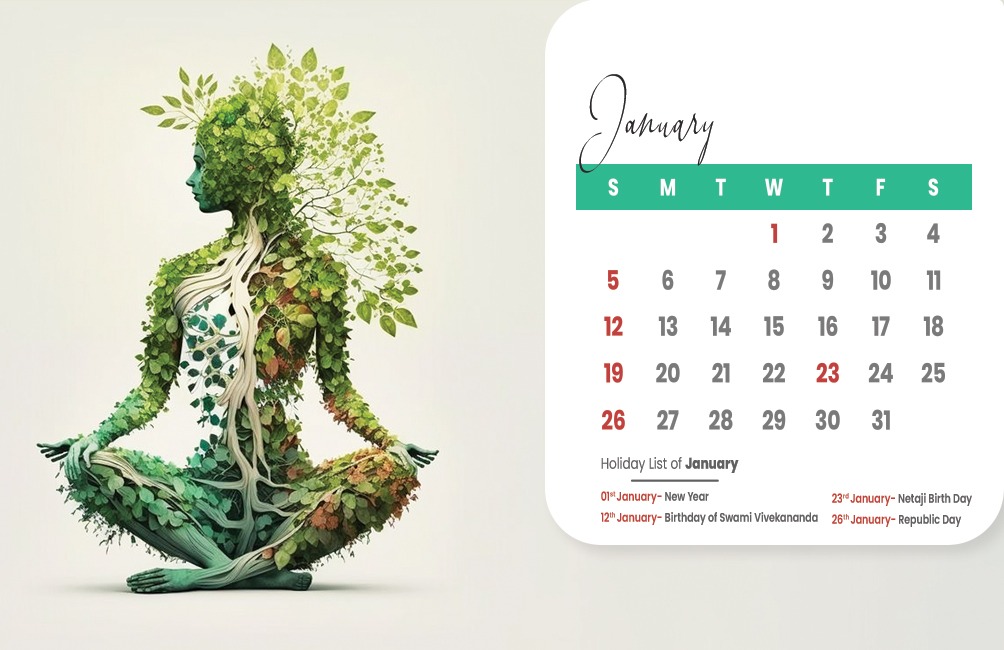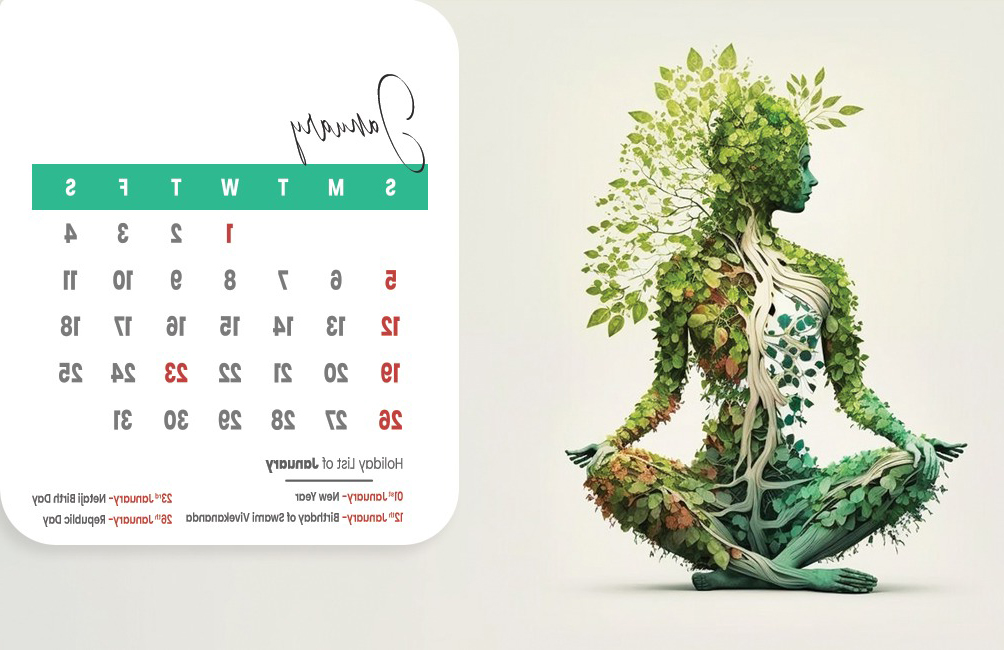Seasonal Care for Bonsai: A Year-Round Guide with the Best Online Garden Plants
Introduction
Caring for a Bonsai tree is an art that requires attention to detail, patience, and a deep understanding of the tree's needs throughout the year. Each season brings its unique challenges and opportunities for growth. By following a seasonal care routine and choosing the best online garden plants, you can ensure your Bonsai stays healthy and vibrant all year round. This guide will walk you through the essential steps of seasonal Bonsai care, from watering and pruning to positioning and protection, helping you cultivate a thriving Bonsai that reflects your dedication and love for gardening.
Spring Care for Bonsai: Reviving After Dormancy
Spring is the time of awakening for Bonsai trees. As temperatures rise, your Bonsai will exit its dormant phase and begin to grow vigorously.
Pruning and Trimming: Prune back any overgrown branches to maintain the desired shape and size of your Bonsai. Focus on removing dead or damaged leaves to encourage new growth.
Repotting: Spring is ideal for repotting your Bonsai, especially if it has outgrown its current pot. Choose fresh soil with good drainage and nutrients to support robust root development.
Fertilizing: Use a balanced, slow-release fertilizer to provide essential nutrients for healthy growth. Ensure you choose products from trusted sources, like the best online garden plants, to ensure quality.
Watering: Increase the frequency of watering as the tree becomes more active. Check the soil moisture regularly to avoid under or over-watering.
Summer Care for Bonsai: Managing Heat and Growth
Summer brings intense heat and longer days, which can stress your Bonsai if not managed properly.
Shading and Positioning: Protect your Bonsai from direct, intense sunlight, especially during midday. Place it in a spot with partial shade to prevent leaf burn.
Pest Control: With increased growth, your Bonsai may attract pests like aphids and spider mites. Inspect your tree regularly and use natural or organic pest control methods.
Watering Adjustments: As temperatures rise, your Bonsai will require more water. Keep the soil consistently moist but not waterlogged.
Fertilizing: Continue fertilizing but reduce the quantity to avoid overfeeding. Opt for liquid fertilizers that can be absorbed quickly.
Autumn Care for Bonsai: Preparing for Dormancy
Autumn is a transitional period when your Bonsai starts preparing for dormancy. Care adjustments are crucial during this season.
Pruning: Light pruning helps maintain the shape and remove any dead foliage. Be mindful not to prune too much, as the tree needs its energy reserves for winter.
Reduce Watering: As growth slows, reduce watering frequency. Ensure the soil remains slightly moist, but avoid overwatering to prevent root rot.
Fertilizing: Stop fertilizing by late autumn to prevent new growth that could be damaged by cold temperatures.
Protection from Cold: Gradually transition your Bonsai to a more sheltered location, especially if you live in a region with harsh winters. For tropical Bonsai, consider bringing them indoors.
Winter Care for Bonsai: Ensuring Survival in Cold Months
Winter is a time of rest for your Bonsai. Proper care during this period is essential to ensure its survival and prepare it for the next growth cycle.
Location and Shelter: For outdoor Bonsai, provide shelter from freezing winds and excessive moisture. Indoor Bonsai should be placed in a cool spot with indirect light.
Minimal Watering: Water sparingly, as the tree's water needs decrease significantly. Check the soil moisture occasionally and only water when it begins to dry out.
Monitoring for Pests and Diseases: Even in winter, monitor for pests and diseases. Remove any dead leaves or debris that could harbor pests.
Protection: Protect your Bonsai from frost by wrapping the pot with insulation or using a cold frame. Ensure the tree is not exposed to freezing temperatures for extended periods.
Caring for a Bonsai throughout the year requires careful attention to seasonal changes and understanding the specific needs of your tree. By following this comprehensive guide and selecting the best online garden plants, you can ensure your Bonsai remains healthy, beautiful, and vibrant, no matter the season. At Bharat Vumi, we are committed to helping you cultivate a thriving Bonsai by providing top-quality garden plants and expert gardening advice. Remember, the key to successful Bonsai care is patience, observation, and a willingness to adapt your care routine to the tree's changing needs.
FAQ Section:
1. How often should I water my Bonsai?
Watering frequency depends on the season, the Bonsai species, and environmental conditions. In general, water more frequently in spring and summer and reduce watering during autumn and winter.
2. When is the best time to prune my Bonsai?
Spring and early summer are ideal for pruning Bonsai. Light pruning can also be done in autumn to maintain shape.
3. Can I keep my Bonsai indoors year-round?
Some Bonsai species can be kept indoors, but many thrive outdoors. Ensure proper lighting, humidity, and temperature if you choose to keep your Bonsai indoors.
4. What type of soil is best for Bonsai?
Bonsai trees prefer well-draining soil that retains moisture but does not become waterlogged. A mix of akadama, pumice, and lava rock is often recommended.
5. Where can I find quality Bonsai care supplies?
For the best quality Bonsai care supplies, including pots, tools, and fertilizers, consider purchasing from trusted sources such as the best online garden plant stores.




.png)
.png)




.jpeg)






